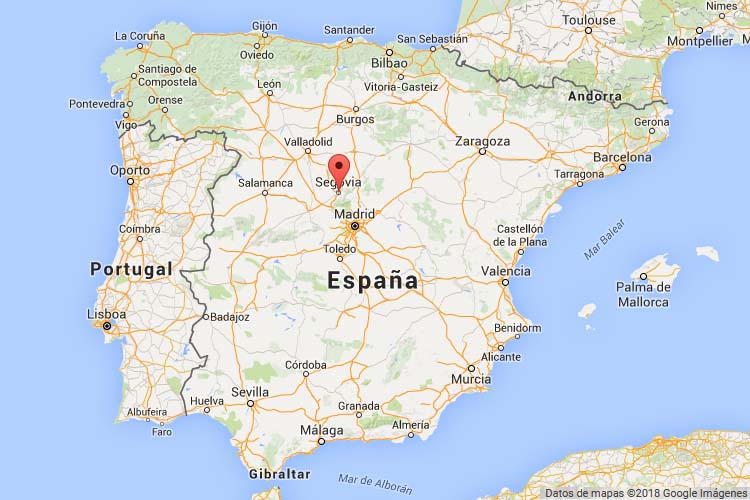The Segovia Mint was one of the seven main mints in Castile authorized to continue after 1497 by the Catholic Monarchs, the remaining ones were closed. Previously, coins had been minted in the city approximately since 30 BC. by the Romans. During the Reconquest, coins were minted again from 1126 in the name of Alfonso VII. With Enrique IV, a new building was built for the Mint and inaugurated it in 1455. This building, known as Casa Vieja (Old House) after the establishment of the new Royal Mill Mint in 1583, was located within the walls of the city, in the playpen of San Sebastian, near Postigo de Consuelo, next to where the aqueduct goes through the city wall. Today we do not know whether the previous mintage workshops were in this same place or in a different one.
In Casa Vieja, throughout its 226 years of operation, everything is minted using the hammer: coin fleece, copper, silver, gold and all the stamps until its last coin in 1681. For 95 years Segovia had two mint houses working at the same time, completely different and independent, until the old House is officially closed in 1730, when Felipe V centralized all minting to the mint houses in Madrid, Seville and the Royal Mill Mint of Segovia, closing the others. By then he was already forbidden to mint by hammer.
Around the mid 16th century, German technology transforms the old procedure of the hammer into a mechanized process by using lamination machines powered by large waterwheels. This process arrives quickly in Spain thanks to the Hapsburg Royal Family. By the end of 1580, Felipe II culminates a series of negotiations on artillery and maneuvers of troops with his cousin, Archduke Fernando de Tirol, who in gratitude gives him several of those devices that were manufactured for this purpose in the Mint Hall, near Innsbruck. In the spring of 1582, Jacob Bertorf, head of the Hall Mint and his collaborators, began the construction of the machinery and in February of that same year he sent the necessary technicians to prepare its implementation in Spain.
The Royal Mill Mint de la Moneda de Segovia was founded in 1583 by Felipe II, on the other side of the city - outside the walls and at the foot of the Alcazár - to take advantage of the force of the Eresma River for its 14 large hydraulic wheels. At first, it was planned to install the machines in Seville where the metal from America arrived. It also seems that other places: Lisbon, Toledo and Madrid. But in May of 1583, an old paper factory and flour mill on the Eresma River in Segovia was chosen specifically by King Philip II as the site for his new mint. The work on the new building began on November 7, 1583, using plans drawn by Juan de Herrera, the most famous Spanish architect of all time, who had met with the King and the German technicians at the old mill site to jointly decide procedures.
The machinery is transported in a convoy of 25 cars leaving on October 2,1584 from the city of Hall. The chosen route was the so called "Spanish road", considered safe because, for the most part, it passed through territories controlled by the Habsburgs, which at this time united Flanders with the Iberian Peninsula, crossing the Tyrol. After a very long and arduous expedition of more than two thousand kilometers, crossing mountain passes, rivers, lakes and the sea, the machinery gets to Segovia on June 1,1585 and in four weeks the first test had already been coined.
In March 1586 Royal Mill Mint begins regular production, working simultaneously with Casa Vieja, but with absolute independence, for nearly a century. At the beginning of the 17TH century the architect Francisco de Mora reforms the cast replacing the wooden ceilings with brick vaults. The supervision by Francisco de Mora, a disciple of Juan de Herrera, will maintain the aesthetics of Herrerian architecture.
Although the Segovia mill was the most advanced coin plant in the country, the Seville Mint gained most of the production due to its proximity to the port where metals arrived. The Mint Mill maintained its technological advantage until 1700 when steering wheel minting presses were installed in Madrid and Seville. But during the early years of its activity, there were no more than a dozen similar plants worldwide. Its novelty was due to the great force that the Mint Mills applied on the metal strip while passing between two cylindrical wedges, allowing the minting of coins more circular, large and sharp than the hammer stroke.
The circular coin of the Mint Mill was received for its face value without the need to weigh it, since the milling on its edges thwarted the mischievous intentions of those who cut gold and silver pieces of coins with irregular edges minted by hammer stroke.
Apart from its technological uniqueness, the Royal Mill Mint de Segovia operated with absolute independence from the rest of Mint Houses: it was private property of the Real House, built by Felipe II with his own money and administered through the Junta de Obras y Bosques with its own rules and ordinances, unlike the other coinage houses that were governed by the Council of Treasury.
The Royal Mill Mint was the scene of an endless number of Royal visits during its 282 years of operation. Visitors such as the Prince of Wales and other celebrities were delighted to see the machines at work. From 1609 to 1682 the giants were minted 'cincuentines de plata' (50 reales) and 'centenes de oro' (100 escudos), both 76 mm in diameter, invented by Diego de Astor, engraver of the Mint Mill, so that the King could to give them as presents.
As with the other mints far from Seville, the Royal Mint Mill always had difficulties in obtaining metals to work with. Despite the fact that it was founded as a place where the King's metals were minted, the Monarchs preferred to mint in Seville, and the Mint Mill remained the same as the other houses competing to obtain silver consignments from the King or the merchants of Seville, when the fleet arrived at this port.
In 1730, Felipe V centralized the Peninsular coinage of silver and gold in Madrid and Seville, so the Mint Mill of Segovia was reserved for all the copper coins of the Kingdom. But since the mechanization of the American mints (1732-1768) most of the metals were minted there as coins, therefore, less bars were sent to mint to the Peninsula. Already in the 19th century, Segovia minted more metal by weight than the houses of Madrid or Seville.
From its first coin until 1756, the Royal Mill Mint always mints with the mechanized system of hydraulic mills, with roller dies. In the first half of the 18th century, with the Bourbons, deep changes arrive, introducing in 1771 the minting by steering wheel or rocker. The first technological reconversion would bring with it important reforms in the building under the direction of the Royal Architect Francisco Sabatini. The latter builds a new flywheel building, replaces the wooden channel with a stone channel and carries out other improvements. Fernando VII would carry out the last great work in the building in 1829, the monumental door of neoclassical style built by the architect Juan José Alzaga, one of the most outstanding examples of this style in Segovia.
From 1772 it was minted with flywheel presses until 1864, and from 1866 with modern automatic presses until its last coin in 1868. The mint is closed definitively in 1869 after the inauguration of the new mint factory centralized in Madrid.
The Segovia Mint
| Europe | |
| Spain | |
| Segovia | |
| Segovia | |
| <1000 | |
| 1868 |
Historical review
Actual state
1st location: Casa Vieja
The building of Casa Vieja was declared in a state of ruin in 1748 and disappeared shortly thereafter, leaving no trace. Today a residential building and the viewpoint of the aqueduct takes its place.
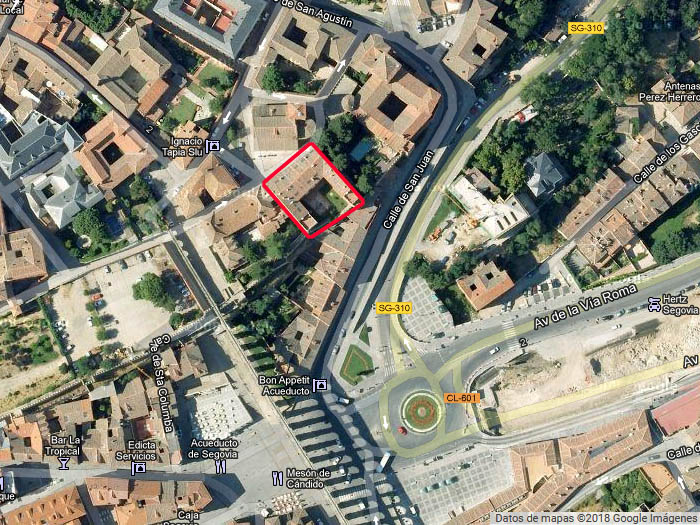
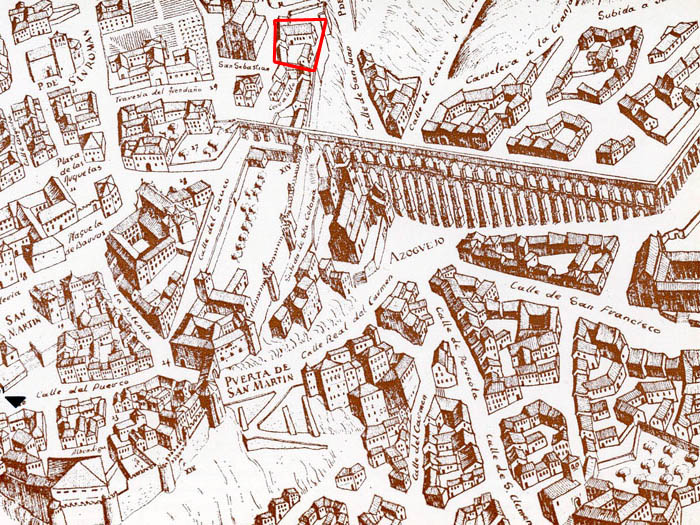
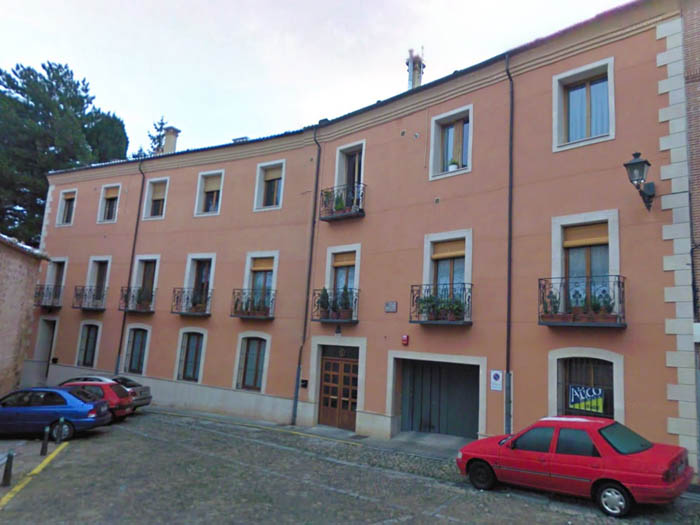
2nd location: Royal Mill Mint of Segovia
The building was sold and from 1878, it was transformed into a flour factory. The flour production continued until November 1967, and from then on the building was abandoned, sold, and then acquired in 1989 by the municipality. On February 14, 2007 his rehabilitation begins. Today, the Royal Mill Mint is the jewel of the Spanish Mints and is considered to be the oldest industrial architecture sign still standing around the world.
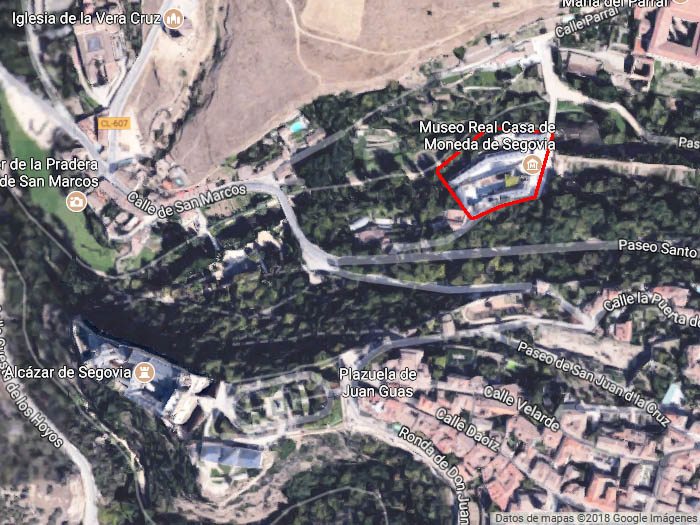
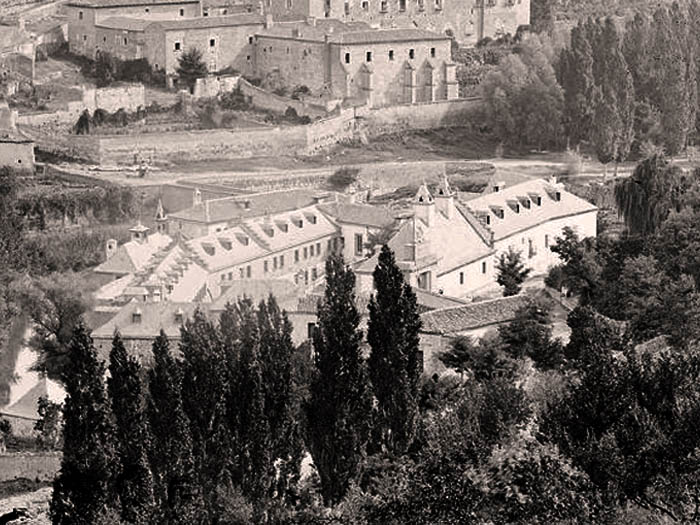
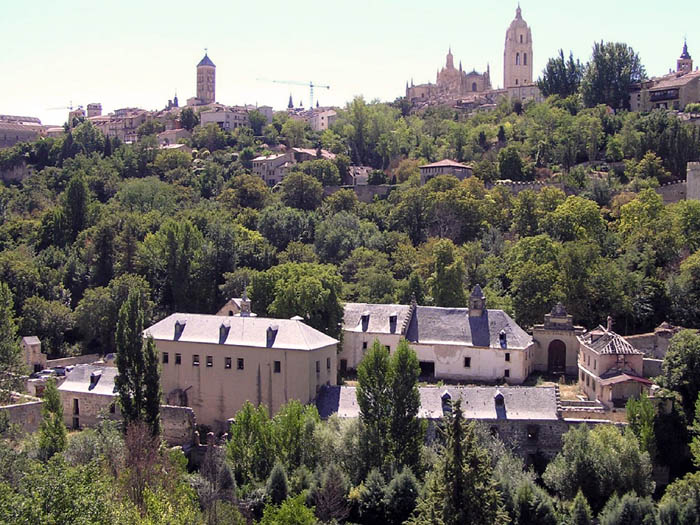
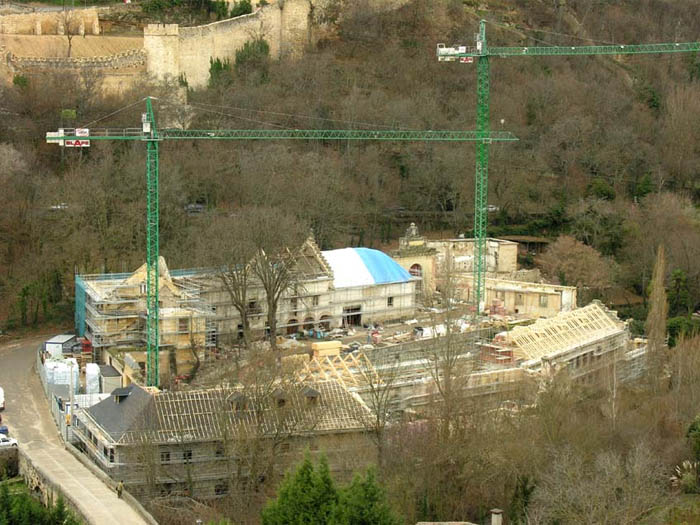
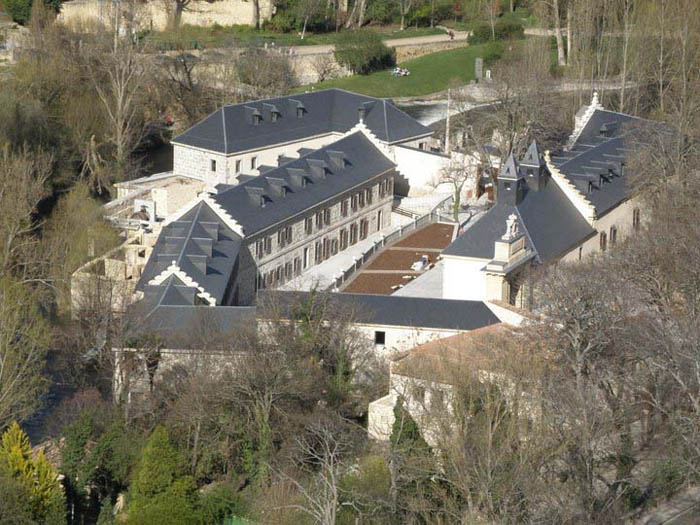
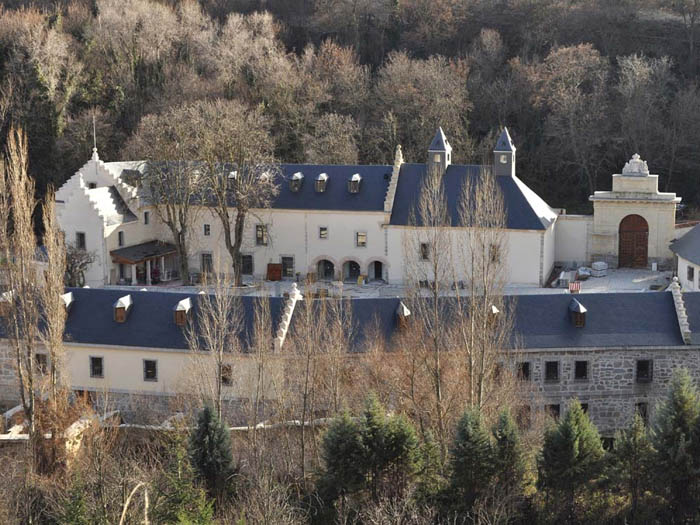
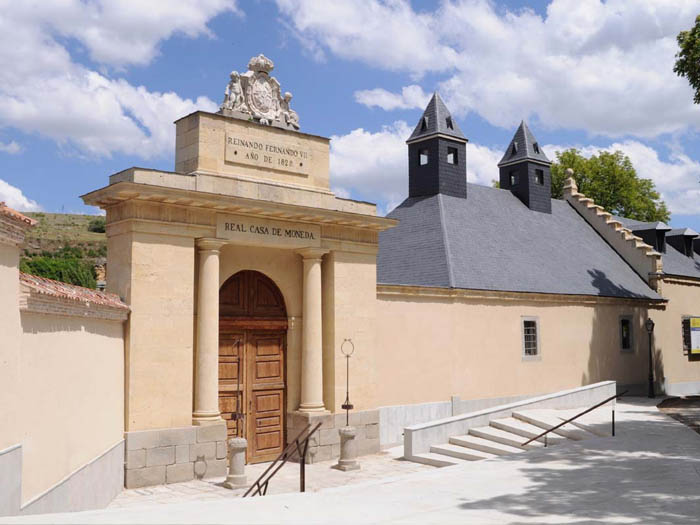
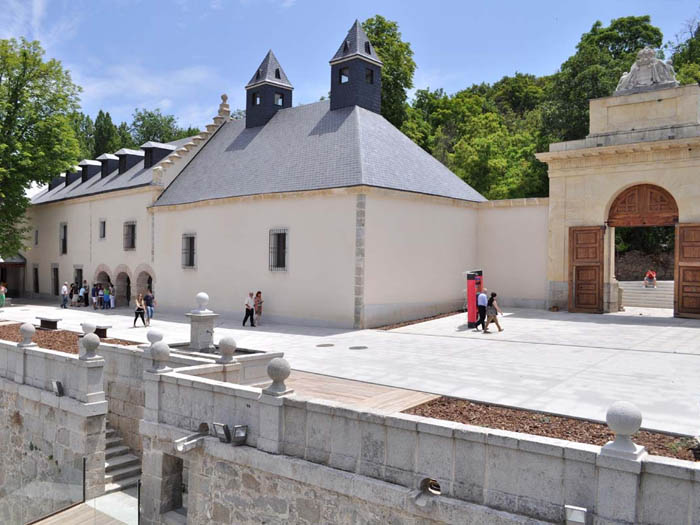
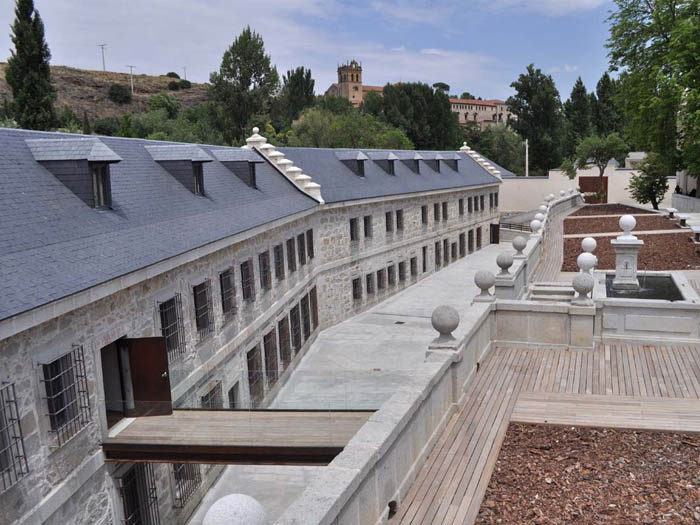
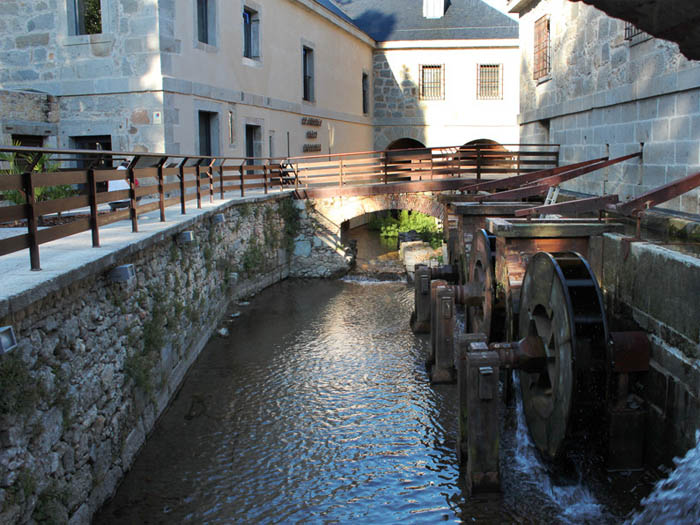
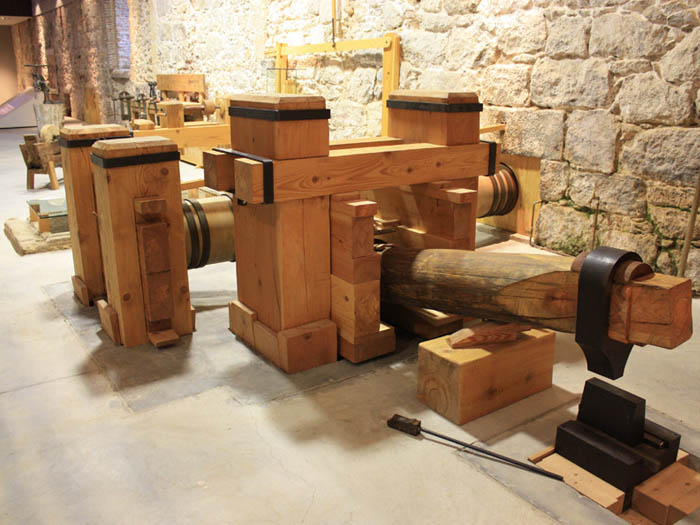
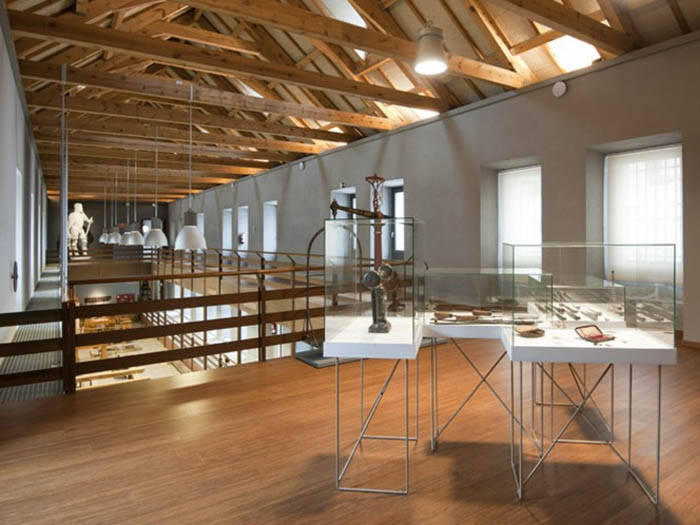
Source: Proyecto EUROMINT (Glenn Murray); www.casamonedasegovia.es
Translation post-edited and corrected by: Jesús M. García Jiménez
Translation post-edited and corrected by: Jesús M. García Jiménez
Type of coinage
| Period | Gold | Silver | Copper | |
|---|---|---|---|---|
| Isabel II | 1833-1868 | |||
| Carlos V | 1833-1840 | |||
| Fernando VII | 1808-1833 | |||
| Jose Napoleón | 1808-1813 | |||
| Carlos IV | 1788-1808 | |||
| Carlos III | 1759-1788 | |||
| Fernando VI | 1746-1759 | |||
| Luis I | 1724-1724 | |||
| Felipe V | 1700-1746 | |||
| Carlos II | 1665-1700 | |||
| Felipe IV | 1621-1665 | |||
| Felipe III | 1598-1621 | |||
| Felipe II | 1556-1598 | |||
| Juana - Carlos I | 1506-1555 | |||
| Reyes Católicos | 1475-1504 | |||
| Reino de Castilla y leon | 1065-1479 | |||
Source: eNumismatic (José David Rodriguez Soage).
Mint die-sinkers and assayers
| Mark | Period | Names |
|---|---|---|
| S | ? | Sigla de ensayador |
| A, IA | <1520 | Antonio Jardina |
| Tres Puntos | <1520 | Marca de ensayador |
| P | <1520 | Sigla de ensayador |
| F | <1520 | Sigla de ensayador |
| B | 1524-1528 | Baltasar de Camargo |
| G | 1528-1532 | Sigla de ensayador |
| B | 1532 | Baltasar de Camargo |
| D-D (gótica) | 1535 | Diego Espinar |
| KA | 1537 | Sigla de ensayador |
| K | 1537 | Sigla de ensayador |
| A | 1543 | Antonio del Sello |
| K | 1556 | Sigla de ensayador |
| C | 1556 | Sigla de ensayador |
| P | 1556 | Sigla de ensayador |
| IC | 1556 | Sigla de ensayador |
| Estrella de ocho puntas | 1557(?) | |
| D | 1557-1558 | Diego Muñoz |
| FE (góticas) | 1557-1558 | Siglas de ensaye |
| B | 1566 | Sigla de ensayador, (sobre 4 y 2 maravedís) |
| A | 1566 | Sigla de ensayador, (sobre 4 y 2 maravedís) |
| D | 1566 | Diego Muñoz, (sobre 4 y 2 maravedís) |
| C | 1566 | Sigla de ensayador, (sobre 4 y 2 maravedís) |
| D | 1570-1571 | Diego de Muñoz |
| TM? | 1575 | Siglas de ensaye |
| ? | 1575 | Juan Zeano o Ceano |
| IM | 1585 | Ioan de Ortega - Ioan de Morales, o Miguel Villaviejo |
| M? | 1586 | Miguel Villaviejo |
| - | 1586-1587 | Juan Morales |
| - | 1588-1592 | Joaquín Lingahel |
| I | 1590-1596 | Ioan de Ortega |
| - | 1594 | Juan Caballero |
| FE (anagrama) | 1596-1597 | Juan Arfe y Villafañe |
| Árbol | 1597 | Lesmes Fernández del Moral |
| C | 1597-1602, 1607-1611 | Melchor Rodríguez del castillo |
| Castillo | 1598-1599 | Melchor Rodríguez del Castillo |
| D | 1600 | Sigla de ensayador |
| Árbol | 1608 | Marca de Ensayador |
| A | 1610-1611 | Alonso deÁvila |
| A | 1610-1612, 1619 | Alonso de ávila |
| B/TB | 1613 | Sigla de ensayador |
| AR (enlazadas) | 1613-1614 | Andrés de Pedrera |
| S | 1614 | Sigla de ensayador |
| AR (enlazadas) | 1614 | Andrés de Pedrera |
| A superada de Cruz | 1616-1621 | Esteban de Pedrera |
| A | 1617, 1619 | Sigla de ensayador |
| P | 1623-1626 | Pedro Enríque |
| P | 1625-1630 | Sigla de ensayador |
| B | 1631 | Sigla de ensayador |
| R | 1632-1639 | Rafael Salván de Aulina |
| B·X | 1651 | Siglas de ensaye |
| I | 1651 | Ipólito de Santo Domingo |
| R·X | 1655 | Siglas de elnsaye |
| f·X | 1655 | Siglas de ensaye |
| X | 1655 | Lucas Xaufler? |
| BR (enlazadas) | 1659-1664, 1683-1691 | Bernardo de Pedrera |
| S | 1660-1664 | Sebastián González de Castro |
| R | 1663-1664 | Juan Ruiz |
| M | 1682-1683 | Manuel Manso |
| F | 1699 | Francisco de Pedrera |
| Y | 1708 | Ysidoro de Párraga |
| J | 1717 | José Garcia Caballero |
| F | 1721-1724, 1728-1729 | Fernando Vázquez o Vargas |
Source: Glosario de Maestros de Ceca y Ensayadores. (Josep Pellicer i Bru), 1997.
Author:
2018-03-24 .
